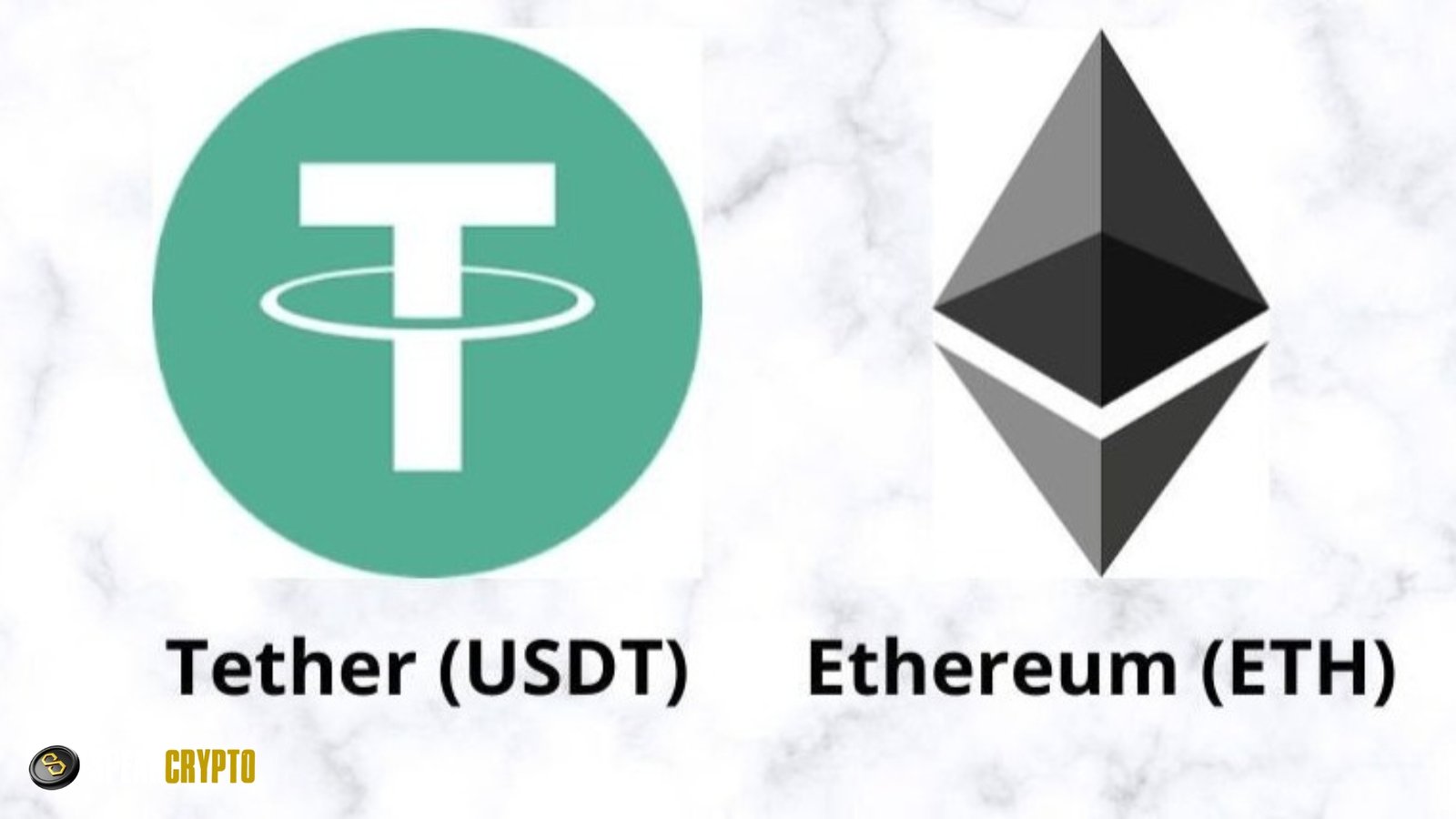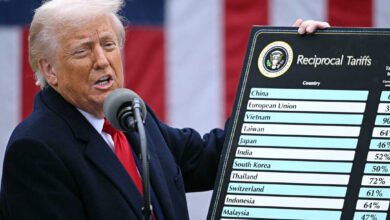
Cryptocurrency Trading Pairs. Two trade assets are shown “side-by-side” on modern cryptocurrency exchanges’ websites, whether centralized or decentralized. Trading assets has never been easier; all it takes is a few clicks. On the other hand, this approach is a greener version of the traditional marketplace model adapted for use in online commerce. We call “trading pairs” the matched assets that traders use.
What are Cryptocurrency Trading Pairs?
Cryptocurrency trading pairs narrow the available pool of assets for exchange by allowing traders to choose two assets among thousands of options. The partnering system incorporates the modern use of legal tenders and the older practice of bartering to create a more structured method of dealing. In both systems, exchanging one item for another is the sole option. Compared to the barter system, this pairing is long-term and persists until the exchange delists or changes traffic routing.
A trading pair can consist of cryptocurrency and stable or pegged assets. Regardless of how you slice it, the comparison clearly shows how much the two goods are worth. Trading pairs not only represent a comparison of values, but they also show how liquidity structures and trading data compare financial viability.
Base Currency
For instance, trading in a BTC/ETH pair would involve placing orders relative to the base currency or reference currency, as Bitcoin is the first cryptocurrency involved in the pair.
Quote Currency
In a Bitcoin/Ethereum trading pair, for example, Ethereum (ETH) would serve as the quotation currency, meaning that its price is directly related to the base currency in the quote currency. This indicates that at the time of the screenshot, 1 BTC was worth 15.89 ETH on the chart below. Toggling between the pair’s quoted currency and USD is included in most price charts, including GeckoTerminal.
How Do Cryptocurrency Trading Pairs Work?
Combining economic theories and technical developments allows cryptocurrency trading pairs to function. Combining the two makes pairing systems for centralized and decentralized exchanges possible. Only these two assets can be supported by the order books of centralized spot exchanges. Only one of the two assets can be ordered by traders. The underlying technology sorts the recorded orders based on the trader’s selected purchase or sale price.
A trader needs the quoted currency on hand to buy the base currency. Buyers specify their desired purchase price and the quantity of the quoted asset they are ready to commit to in a deal. Sellers specify the amount of assets and the price (in base currency) they are willing to sell.
The purchase orders are listed from most expensive to least expensive, while the selling requests are listed from most inexpensive to most expensive. A trader’s asset is exchanged for another when their requirements are fulfilled. In addition to features like leverage, other trading systems, such as Forex and derivative trading, also use similar technologies.
Autonomous Market Maker protocols and liquidity pools fuel asset pairing systems for decentralized exchanges. These two paired assets are the only ones that the liquidity pool can accept. It is customary for liquidity providers to pledge the same amount for each linked asset. With these two assets combined, the AMM processes trade requests and revises the base currency’s sale price following each transaction.
Stablecoins and Cryptocurrency Trading Pairs
Stablecoins have a fixed value. Coins tied to fiat currency are mixed with volatile exchange assets. Those who own stablecoins are traditional market buyers looking to convert their fiat money into cryptocurrency.
Like fiat currency, a stablecoin pair establishes a universal measurement unit. The other asset’s value fluctuates relative to the stablecoin, reflecting its movement relative to a base currency (or quote currency, depending on the pairing pattern) whose value remains constant or barely changes. The stablecoin pair(s) are useful for traders looking to confirm broad price fluctuations for a certain asset. Stablecoin pairs do have this additional use, though.
An important function of stablecoin pairs is to facilitate the interconversion of assets with different levels of volatility. Traders can protect their profit or limit their loss by switching to a non-fluctuating asset, and stablecoin pairs provide them with that opportunity.
For the above reasons, stablecoin pairs produce an exceptionally high volume of trades on various exchanges. Since nearly every asset on exchanges has a stablecoin pair, they consistently rank among the most actively traded cryptocurrencies. Many people utilize stablecoins tied to the US dollar, such as USDT, BUSD, and USDC. For example, USDT/USDC, BUSD/DAI, and USDT/FRAX are all stablecoin pairs that traders can use to trade other assets or move to a stablecoin they think is more sophisticated or stable.
Cryptocurrency Trading Pairs and Arbitrage
There are several reasons why an asset’s value could exhibit small, often transient, differences among trading pairs or exchanges within the same exchange. This variant is referred to as arbitrage. The standard value (the value of the stablecoin pair) or the derived value (for assets coupled with other volatile assets) may not always reflect the actual value of an asset due to variations in order book density and dispersion.
As soon as arbitrage traders see an opportunity, they will likely seize it, and this variance will disappear. To take advantage of an arbitrage, traders purchase the asset from the exchange or pair trading at a lower price and sell it when its price rises. By quickly trading against the gap, arbitrage traders can generate tangible profits, depending on the amount and duration of the arbitrage. The liquidity and spread in the order books of the pairs are the factors that determine the arbitrage gap and duration. When considering arbitrage trading, you should know the variables affecting profitability.
Examples of Crypto Trading Pairs
Fiat-backed stablecoins like USDT or USDC have such a huge market capitalization because they are related to several cryptocurrency trading pairings. Popular cryptocurrency pairings like BTC/ETH and related ones like BTC/BCH are among the most common cryptocurrency trading pairs.
Bitcoin and Ethereum (BTC/ETH or ETH/BTC)
These are the two most significant and widely used cryptocurrencies in the world. Combining the two most valuable assets in the cryptocurrency market, Bitcoin and Ethereum, forms the BTC/ETH trading pair. Bitcoin and Ethereum control 62.4% of the cryptocurrency market, have more than 150 million holders and account for more than half of all cryptocurrency market capitalization (as of publication). This pair has a lot of trading activity and solid liquidity compared to other pairs, no matter which exchange you trade on, because most cryptocurrency investors hold and trade at least one of the two assets.
At its peak, the most popular exchange for the Bitcoin/Ethereum pair had a 24-hour trading volume of more than $100 million. The general price development and “bitcoin flipping” are two reasons why cryptocurrency investors are interested in the BTC/ETH pair, in addition to the fact that it is one of the most active trading pairs. According to investors, the only asset that may topple Bitcoin’s market cap is Ether.
The BTC/ETH pair displays the relative performance of the two cryptocurrencies; if Ether continues to gain ground on Bitcoin, the latter might eventually pass it. Investors are fixated on the well-known duo, regardless of how feasible this is. Additionally, other cryptocurrencies (altcoins) have benefited from Ether’s rise over Bitcoin.
Bitcoin and USDT (BTC/USDT)
Tether launched the USDT stablecoin to facilitate mainstream institutions’ and individuals’ investment in cryptocurrencies and increase liquidity on cryptocurrency exchanges. Here, we have USDT, a digital token for the US dollar. Exchanges match USDT with other crypto assets, such as bitcoin, to help accomplish liquidity goals; this allows institutions to exchange USDT for bitcoin quickly, and traders can avoid the volatility of other cryptocurrencies by switching to USDT, which is more stable. Every day, the amount of trading in the Bitcoin/USDT pairs reaches $4 billion.
Ethereum and USDT (ETH/USDT)
The stablecoin pair on Ethereum works similarly to the BTC/USDT pair in that it establishes a common value and facilitates stablecoin trading for Ethereum and vice versa among tokenized fiat holders. This combination also allows Ethereum holders to change to a more stable asset. The 24-hour trading volume for the ETH/USDT pair reaches 600 million dollars.
Tether USD and Circle’s USDC (USDT/USDC)
The two most often used stablecoins in the cryptocurrency market are USDT and USDC. They own more than $40 billion of stablecoin, contributing to a combined market cap of more than $105 billion. Tether Inc. issues USDT, whereas the Center Consortium issues USDC. Although the issuance procedure is identical, cryptocurrency communities often switch between different cryptocurrencies as market sentiment changes. Most assets do not have stablecoin pairs during the trading phase, so traders convert between them.
Many traders move between the two stablecoins, often choosing the one they feel is more secure and has more advanced technology. The daily trading volume for the USDC/USDT pair reaches $20 million.
Dogecoin and Shiba Inu (DOGE/SHIB)
As far as meme coins go, Dogecoin was an early trailblazer. Since then, the dog-themed cryptocurrency has become a major player and garnered attention from the general public. Following Jackson Palmer’s project, numerous similar initiatives have emerged, most of which continue to utilize the dog-themed terminology it pioneered. Shiba Inu is among the few initiatives that have succeeded, much like Doge.
Shiba Inu, a token issued on the Ethereum network, became famous after innovative advertising campaigns. Despite its meteoric rise to prominence, massive user base, and brief market cap dominance over Dogecoin, it has subsequently fallen back to earth. Due to the intense rivalry between Dogecoin and Shiba Inu, two of the most popular meme coins, cryptocurrency exchanges have begun pairing the two assets so that users can make direct trades. Every day, the DOGE/SHIB pair has an average trading volume of $3 million. Learn more about the Shiba Inu community and its resources, such as ShibaSwap and Shibarium.
The Forks of Bitcoin (BTC/BCH and BTC/BSV) also Exist
The fallout caused a famous schism in the early Bitcoin community. Consequently, BSV and BCH came into being. These two assets run on the same Bitcoin blockchain code as Bitcoin but with certain administrative tweaks applied.
As they vie for dominance and, ultimately, Satoshi’s dream of a fully functional electronic cash system, the communities supporting the two most prominent Bitcoin splits are perpetually at odds. Even if the latter hasn’t been very successful, exchanges have begun to establish trading pairs, including all three assets, since they see the connection between them. Bitcoin and its forks unite the two communities by allowing them to trade assets. Each pair’s reported daily trade volume is in the millions of dollars, indicating significant activity.
Final Thoughts
Trading platforms and individual traders both benefit from asset pairings. Grouping listed assets into pairs provides structure to the platform and the market overall. Trading strategies, price movements, and other useful information can all be accessed by spot and derivatives traders. Arbitrage is another low-risk trading strategy to keep an eye on.
The feasibility of listed assets can be assessed by comparing their performance across pairs on exchanges, particularly centralized ones. Many exchanges aim to enhance the user experience by offering tactical asset pairings. Such pairing strategies include contrasting reputation and relative viability, combining assets from rival communities (like the Dogecoin and Shiba Inu trading pair, DOGE/SHIB), and so on. This unites the assets of interest and streamlines the process for traders looking to trade linked assets.
Also Read: P2P Trading—How Does it Work in Peer-to-peer Crypto Exchanges?







